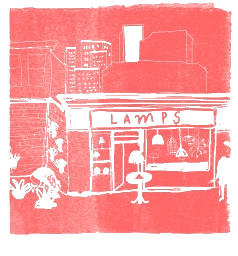Download the programme of the event below
Day 1 The Illegal Sessions – Day 2 The Legal Sessions – Day 3 A Call to Action

Download the PROGRAMME here! (pdf, 01 December 2014)
Contributors include:
-
Multiple well known international artists including; Ben Eine, Dotmasters, Inkie, Noir, Alice Pasquini and Jay “J.SON” Edlin
-
ALISON YOUNG – Visual criminologist and author of Street Art and Public Cities, Scotland/Australia
-
ADAM COOPER – Mayor’s Office on strategies for informal urban practices, UK
-
CHANTAL MOUFFE – Author and political theorist on agnostic public places, Belgium
-
ROBYN BUSEMAN – Director of Restorative Justice on using arts as transformation, Philadelphia
-
DEVON OSTROM – Founder of Beautiful City Arts Alliance on billboard fees for arts practice, Canada
-
JEFF FERRELL – Founding cultural criminologist and author on crimes of style, USA/UK
-
CAMERON MCAULIFFE – Urban geographer on order and disorder in public space, Australia
Plus graffiti managers, authorities, academics and curators
DAY 1: The Illegal Sessions.
How can cops, courts and cleaning of graffiti be more economically and socially sustainable for the publics they serve?
How are graffiti and street art being managed or afforded in contemporary cities? Are public resources being well used and if not how should this be improved? What would improved spatial and social justice look like for the diverse groups implicated by graffiti and street art?
Day 1 addressed structures for managing vandalism, graffiti and unsolicited street art, and discuss the changing relationships between art, design and crime.
DAY 2: The Legal Sessions
Can street art and graffiti practices support claims that they can resocialise, regenerate or otherwise revitalize cities and neighborhoods?
What evidence is there to demonstrate the roles that graffiti and street art play in urban transformation and improvement of places? What already exists, and what are the most innovative ways of assessing the positive and negative impacts of street art and graffiti on places and publics?
Day 2 explored what different practitioners, authorities, policy-makers and researchers can do to document and share positive examples, to better inform the future.
DAY 3: A Call to Action
How should policy and practice shift, to take account of contemporary perceptions of graffiti and street art? What approaches could better represent the diverse communities affected?
How could street art and graffiti contribute to making safer and more social cities? What methods could better indicate where uncommissioned urban practices detract from or add to environments and communities? What are the next steps?
Day 3 included collaborative workshop sessions to: identify specific opportunities for change; commit to mutual support; seek out the opposite of ‘anti-social’, and start to define ideas and proposals for pilots – to better test, share and innovate responses related to street art and graffiti.












